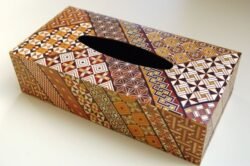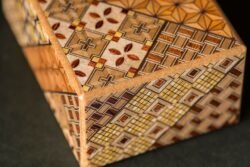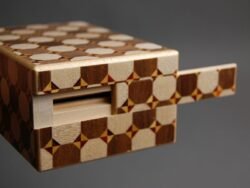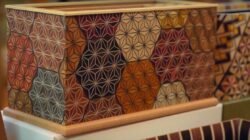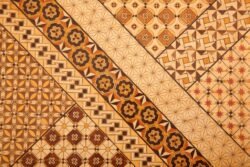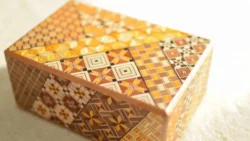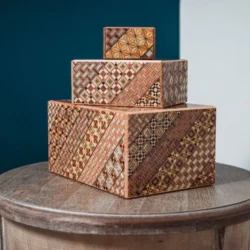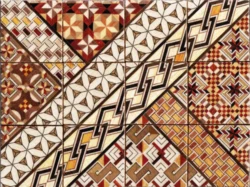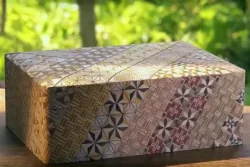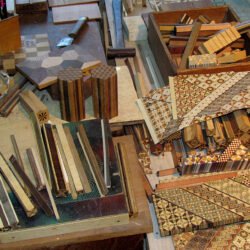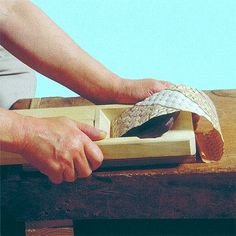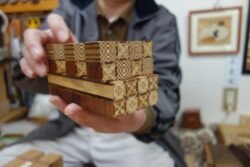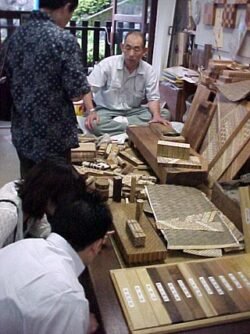Japanese Yosegi: The Timeless Art of Wooden Mosaic
Yosegi-zaiku, or Japanese Yosegi art, is a centuries-old woodworking technique that transforms natural timber into intricate geometric patterns—without a single drop of paint. Instead of relying on artificial color, artisans use the natural grains, hues, and textures of different woods to create stunning visual designs.
The process begins with carefully selected timbers, each cut into rods of specific shapes and sizes. These rods are then meticulously glued together to form a block of repeating geometric patterns. Once the design is complete, the surface is sliced into ultra-thin sheets—almost like paper—which are then applied to boxes and other handcrafted items.
One of the most iconic expressions of Yosegi is the traditional puzzle box, often designed with hidden compartments and clever mechanisms. Opening one requires patience and precision, reflecting the same care that went into its creation.
Originating during Japan’s Edo Period (1603–1868), Yosegi remains a revered art form, admired for its craftsmanship and meditative beauty. In an age of mass production and digital printing, Yosegi stands out as a quiet rebellion—proof that time, intention, and human touch still matter.
Each piece is more than decoration; it’s a tribute to the artisan’s dedication. The hours spent selecting, shaping, and assembling wood are woven into every pattern, making Yosegi not just an object—but a legacy.
